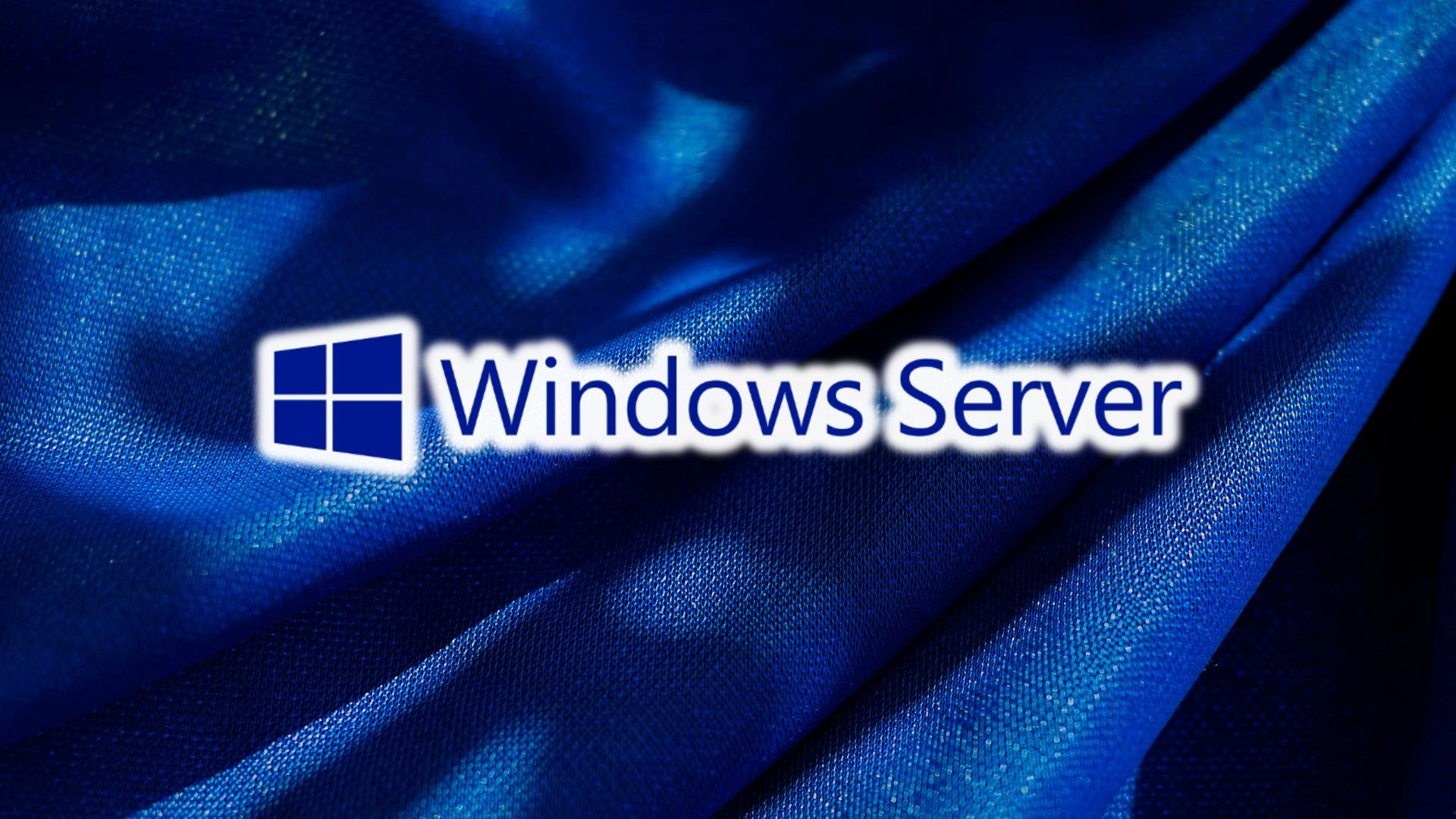Windows Server 2025 has been in preview for quite some time and finally became available to everyone on November 1, 2024. This latest server-oriented operating system brings a host of new features while phasing out certain older functionalities and applications like WordPad.
Having worked with Windows Server 2025 for a period, we’ve found that it’s a dependable operating system with very few significant issues to be mindful of. The system requirements for Windows Server 2025 are largely unchanged from those of Windows Server 2022. Let’s go over these requirements first.
What do you need to run Windows Server 2025?
The only new requirements are SSE4.2 and POPCNT. Microsoft has mandated these for all Windows 11 24H2 editions, making it predictable that they would also apply to Windows Server 2025. POPCNT has been around since 2008, which means that any processors lacking this feature are likely too underpowered to effectively run Server 2025.
Below is the comprehensive list of Intel CPUs that are compatible with Windows Server 2025:
Additionally, here are the AMD CPUs that support Windows Server 2025:
Memory Requirements
For those looking to operate Server 2025 within a virtual machine, Microsoft recommends setting aside a minimum of 800MB of memory for optimal performance.
Storage
The minimum requirement is 32 GB. If your system utilizes more than 16GB of RAM for functions such as hibernation, you will require additional storage, as hibernating the PC uses up some of that space every time.
Network
You will need a PCI Express-certified Ethernet adapter that supports a minimum throughput of 1 Gbps.
Additional Requirements
Below are the latest enhancements introduced in Hosting Server Windows:
A comprehensive list of other feature improvements can be found on the official support page for this new version.
The new build of Windows Server 2025 eliminates the Windows PowerShell 2.0 Engine, SMTP server, and IIS 6 Management Console.
The beloved WordPad has been removed from the operating system, leaving users to find alternative text editors for their file viewing and editing needs.
About The Author
Abhishek Mishra is an adept news reporter at Windows Latest, where he specializes in everything related to computing and Windows. He holds a master’s degree in computer applications, equipping him with the expertise to navigate complex technological topics.
His passion for reading combined with four years of experience in journalism has honed his talent for breaking down challenging tech concepts into easily digestible language. Throughout his career, he has written numerous in-depth articles for notable publications like MakeUseof, Tom’s Hardware, and others, all aimed at assisting tech enthusiasts.
